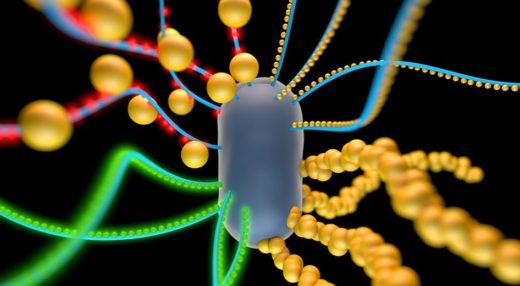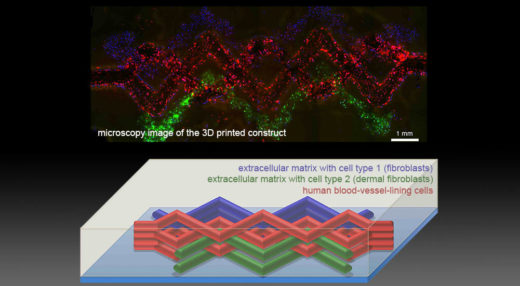Genome Editing With CRISPR – A Breakthrough That Could Help Fight Genetic Diseases

For a few peculiar reasons, I’m going to have to bring the Battle of Hogwarts into this. Assume that the Gryffindors and Ravenclaws are standing in a palindromic sequence,in the line of battle. Let’s call them Spacers. Now McGonnagal calls the Suits of Armor to defend the Hogwarts Castle, say they are the Cas, who are in a way related to Spacers.The Spacers serve as a memory from past exposures, whereas Cas are responsible for Some Process. Assume that Spacers have the capacity to recognize and silence the person of interest. Spacers and Cas are gonna hang out together and fight against the evil death-eaters, providing a form of Immunity, to the castle.
Now, Spacers are nothing but the base pairs aligned in a palindromic sequence, in the center of DNA, called as locus. CRISPR (Clustered Regularly Interspaced Short Palindromic Repeats) is the acronym of the DNA loci. The Gryffindors and Ravenclaws in the line of battle, aligned in a palindromic sequence are called Spacer DNAs. The Suits of Armor are referred to as Cas genes. And the Some Process performed by the Cas genes are containing code for proteins. The person of interest and evil death-eaters mentioned are exogeneous genetic elements such as plasmids and phages. And a form of immunity is Acquired Immunity.
The CRISPRs are considered as genome editing tools, specifically used for altering sequences in human genome and to silence genes. The key to this process is a Cas9 complex, which includes a CRISPR cleaving enzyme “Cas9” and an RNA guide that leads the cleaving enzyme to the target DNA.
Researchers from the Broad Institute and MIT have teamed up with colleagues from the University of Tokyo to form the first high definition picture of the Cas9 complex.
A gene contains information related to heredity. This information is often used in synthesis of functional gene products such as proteins and ribosomal/transfer RNAs. Gene Expression is a process of synthesis of the genetic information to produce those products. And Gene Silencing refers to the regulation of gene expression, which also means that it has the ability to even prevent this process from happening. Currently Cas9 is used in Gene Silencing in mammalian cells at multiple sites across genomes, and a large library of RNA sequences have been created to guide Cas9 to genes of interest. However, the system can only target specific types of sites. Some studies have also shown that the RNA could lead Cas9 “off-target,” potentially causing unexpected problems within the cellular machinery.
Identifying the key features of the Cas9 complex should enable researchers to improve the genome-editing tool to better suit their needs. “Up until now, it has been very difficult to rationally engineer Cas9. Now that we have this structural information, we can take a principled approach to engineering the protein to make it more effective,” said Zhang, who is also a co-founder of Editas Medicine, a company that was started last year to develop Cas9 and other genome editing technologies into a novel class of human therapeutics.
The researchers are planning on using the Cas9 complex structure to engineer the current limitations and allowing the possibility in future to design versions of the editing tools that better suits the specificity of the research, in treating genetic diseases. Some of the applications of CRISPR Cas systems are artificial immunization against phages and of course, genome engineering.
Related Swipes:
Kidney From Stem Cells: Breakthrough in Bioengineering
Engineers 3D Print Living Tissues with Blood Vessels
This post was first published on February 20, 2014.










